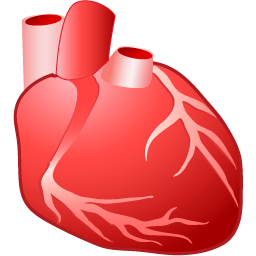
Published: 20 Apr 2025 How to read lab test results to diagnose disorder rangelabtest
How to Read Lab Test Results to Diagnose Disorders
Interpreting lab results correctly is crucial for accurate diagnosis.
Here’s a step-by-step guide, along with insights on whether AI-driven tools like DDxHub can help.
Step 1: Understand the Basics of Lab Reports
Every lab report includes:
Test Name (e.g., Hemoglobin, TSH, Creatinine)
Your Result (e.g., 12.5 g/dL)
Reference Range (e.g., 13.0-17.0 g/dL)
Flag (High/Low/Normal)
Key Questions to Ask:
Is the result abnormal?
Compare your value to the lab’s reference range.
Example: If fasting glucose is 110 mg/dL (normal: 70-99), it suggests prediabetes.
How far is it from the normal range?
Slightly high/low may not be concerning, but severely abnormal values need attention.
Example:
Potassium: 5.6 mEq/L (normal: 3.5-5.0) → Mild hyperkalemia (may need retesting).
Potassium: 6.5 mEq/L → Medical emergency (risk of heart arrhythmia).
Is this a single abnormal result or a trend?
A one-time high value may be due to lab error or temporary factors (e.g., dehydration).
Consistent abnormalities (e.g., rising creatinine over months) indicate a real disorder.
Step 2: Link Lab Results to Symptoms
Example 1:
Symptoms: Fatigue, weight gain, dry skin
Lab: TSH = 8.5 mIU/L (high) → Hypothyroidism
Example 2:
Symptoms: Excessive thirst, frequent urination
Lab: Glucose = 220 mg/dL → Diabetes
Step 3: Use Differential Diagnosis (DDx) Approach
Differential diagnosis means listing possible causes of abnormal lab results.
Example:
Low Hemoglobin (Anemia)
Possible causes: Iron deficiency, B12 deficiency, chronic disease, bleeding.
Next steps: Check ferritin, MCV, B12 levels to narrow down.
Step 4: Confirm with Additional Tests
Single lab tests are rarely diagnostic-follow-up tests are often needed.
Example:
High Calcium → Check PTH, Vitamin D to rule out hyperparathyroidism.
High Liver Enzymes (ALT/AST) → Test for hepatitis, fatty liver, alcohol use.